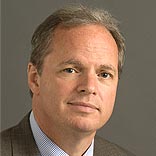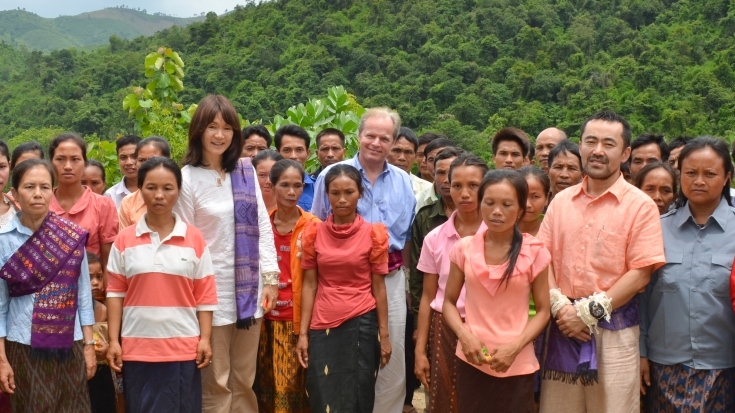First, in a more integrated global economy, any new growth model will require a stable macroeconomic framework that can withstand external shocks which are likely to recur from time to time. This will require building policy buffers through sound debt management, effective monetary policy to keep inflation down, and a strong oversight of the financial sector. Policy implementation should be transparent and seen by markets as credible and durable. This is an important task against which government’s effectiveness will ultimately be judged.
Second, policy makers also need to focus on creating incentives for new investment and job creation. For example, how predictable is the regulatory environment, and how levelled is the playing field? As measured by the World Bank Group’s Doing Business project, many countries, including Lao PDR, have made progress, but they still have a long way to go to improve the business environment, good governance, and predictability in the regulatory framework. With the right policies, however, countries can improve their competitiveness and job creation in the long run.
Third, to improve social sustainability, we should look at how benefits of growth have been distributed. Here, it seems that East Asia has been following the trend observed in Latin America, where the income distribution has steadily deteriorated, meaning the top income earners receive a disproportionately large share of the benefits of growth. In Lao and other countries, that may raise questions about how to improve opportunities for the bottom 40 percent earners, so they have a fighting chance to succeed in the Lao society.
Fourth, we should look at whether the Lao education system creates job opportunities, so our youth can be successful in the markets of tomorrow. We know progress has been made, but given the dynamism of the global markets a lot more needs to be done. In particular, steady investments in education by the public and private sectors will be needed to allow the country to succeed further.
Fifth, on environmental sustainability, the World Bank Group is increasingly concerned that sometimes economic growth has come at the expense of long-term environmental degradation. In many countries, we have been advocating that economic growth should be sustainable in the long run, especially when it comes to land use and deforestation. The government has adopted policies to reverse the deforestation of the last decades. A long-term commitment and effective enforcement will be key for Lao PDR to succeed in these efforts.
For all these pieces to fall into place, the inclusiveness and sustainability elements will need to play a larger role in the internal debate about the growth prospect for Laos.


